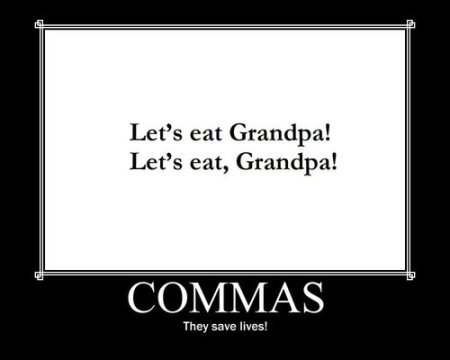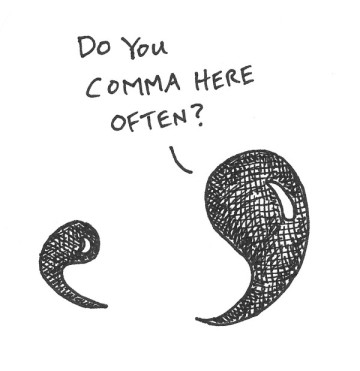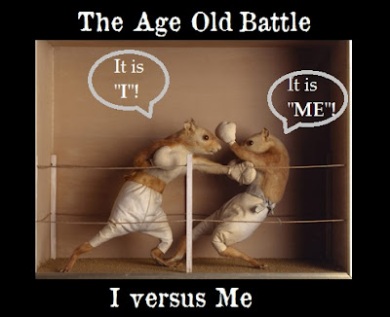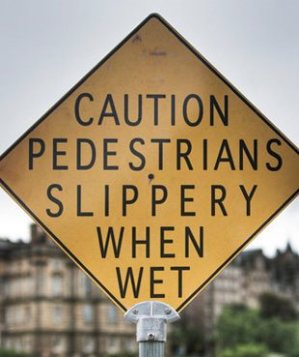Nouns can be divided into many categories and one important category division is count and non-count. The simplest way to decide whether a noun is count or non-count is to ask yourself if you can count the noun! Can I count apples? Can I count sand? Can I count milk? If you answer yes then you are dealing with a countable noun!
Why do we need to know if nouns are count or non-count? Knowing the difference between count and non-count changes how we structure the rest of the sentence’s grammar. If you know that a noun is a count noun you can make that item plural.
Example:
1) I have sand in my shoes
2) I have sands in my shoes
When a noun is count you can make it plural and the sentence will make sense. If the noun is non-count it will not make sense with the plural. In the above examples you can’t count sand without a microscope and an abacus, therefore it is a non-count noun. Making the noun plural implies that you can count the number of sand particles in your shoes, which nobody could ever do. Therefore, the first sentence above is correct.
Another way that count and non-count affects the sentence is whether to use ‘much’ or ‘many’. If a noun is count you use the word ‘much’ in conjunction with the noun. When a noun is non-count the word ‘many’ is used instead.
Example:
1) Too many apples
2) Too much apples
The combination of the count word ‘apple’ needs its mate ‘many’, as ‘many’ is a count word. ‘Much’ is a word that shows non-count. ‘Much’ would be better matched with yogurt. Too much yogurt. Too many apples. Too much grammar for today (Because we can’t count grammar).

















